Reactors
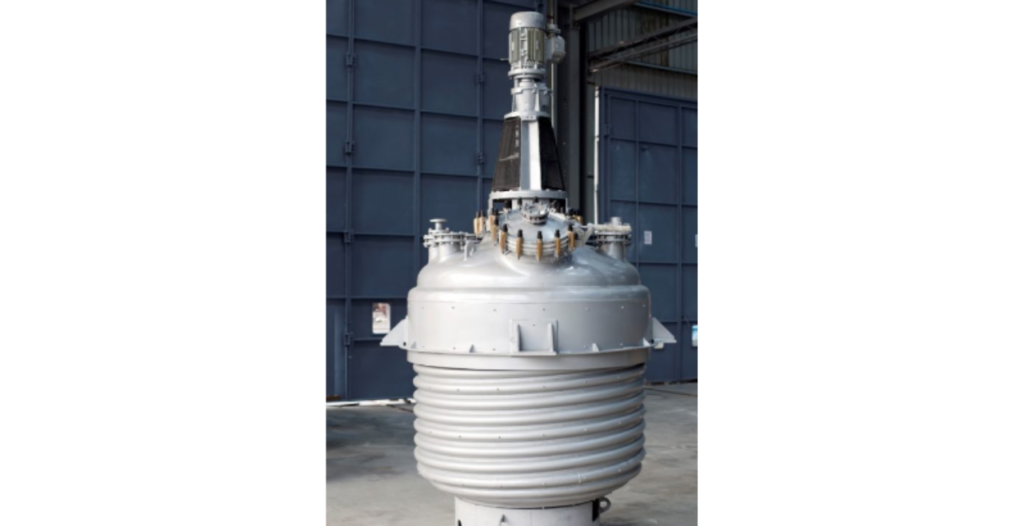
Types of Reactors: Reactors are vessels or equipment used in chemical engineering and industrial processes to carry out chemical reactions.
There are various types of reactors, each designed for specific applications and processes.
Here are some common types of reactors:
Batch Reactors: In batch reactors, reactions occur in a single vessel over a finite period. All reactants are charged into the vessel at the beginning of the process, and the reaction proceeds until it is complete. Batch reactors are versatile and are used for small-scale research, pilot-scale processes, and specialized reactions.
Continuous Stirred-Tank Reactors (CSTRs): CSTRs are widely used in chemical and biochemical processes. They have a continuously stirred tank where reactants are continuously fed into the reactor, and products are continuously withdrawn. CSTRs provide efficient mixing and are used in processes that require steady-state operation.
Plug Flow Reactors (PFRs): PFRs are designed to promote plug flow, where reactants move through the reactor as a plug with minimal mixing. This results in better control over residence time and reaction progress. PFRs are often used in reactions with non-uniform or rapidly changing conditions.
Packed Bed Reactors: Packed bed reactors contain a bed of solid catalyst or porous packing material through which the reactants flow. The reaction occurs on the surface of the packing material. These reactors are commonly used in catalytic reactions, such as in petroleum refining and petrochemical processes.
Fluidized Bed Reactors (FBRs): In fluidized bed reactors, solid particles are suspended in a flowing fluid (liquid or gas) to create a fluidized bed. This enhances mixing and heat transfer, making FBRs suitable for various chemical processes, including combustion and catalytic reactions.
Fixed Bed Reactors: Fixed bed reactors are similar to packed bed reactors but typically involve a fixed, non-moving bed of catalyst or adsorbent. They are used in processes like catalytic cracking in petroleum refining.
Tubular Reactors: Tubular reactors consist of a long, straight tube through which reactants flow. They are used when precise control of residence time is essential, and the reactions are highly exothermic or endothermic. They can be designed as PFRs or CSTRs, depending on the application.
Adiabatic Reactors: Adiabatic reactors are designed to operate without heat exchange with the surroundings. The heat generated or absorbed during the reaction is not removed, allowing the process to reach adiabatic conditions. These reactors are used in applications where temperature control is crucial.
Photochemical Reactors: Photochemical reactors use light as a source of energy to drive chemical reactions. They are employed in photochemical processes, such as photopolymerization, photodegradation, and photoreduction.
Microwave Reactors: Microwave reactors use microwave radiation to heat and initiate chemical reactions. They provide rapid and selective heating, making them useful in organic synthesis and material processing.
High-Pressure Reactors: High-pressure reactors are designed to handle reactions at elevated pressures, often used in industries such as polymerization, hydrocracking, and supercritical fluid processes.
Hydrogenation Reactors: These reactors are specialized for hydrogenation reactions, where hydrogen is added to unsaturated compounds. They are commonly used in the production of chemicals like edible oils and pharmaceuticals.
The choice of reactor type depends on factors such as the nature of the reaction, reactant properties, desired product yield, heat transfer requirements, and safety considerations. Engineers and researchers select the most appropriate reactor type based on the specific requirements of the chemical process.
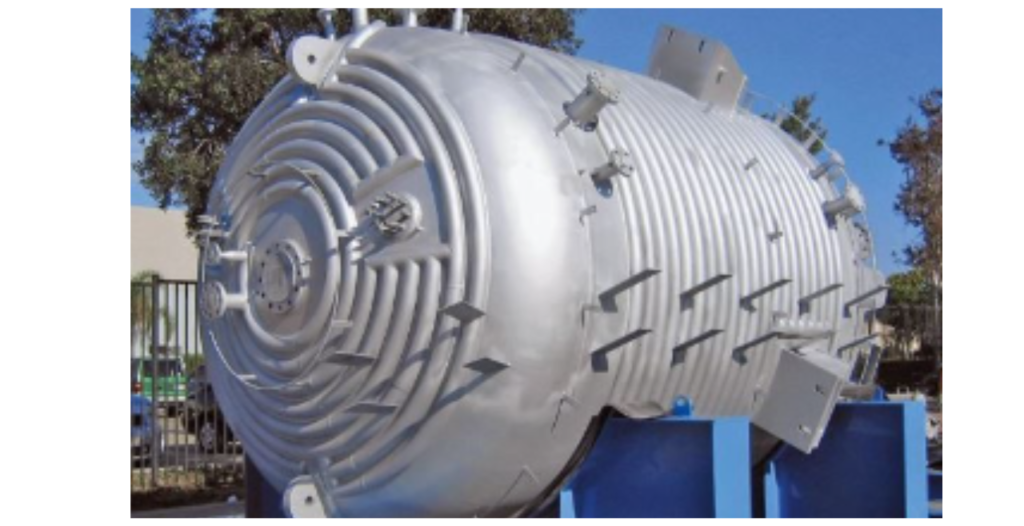
Working Principles: Reactors are vessels or equipment designed for the purpose of carrying out chemical reactions. They play a crucial role in various industries by providing controlled environments for chemical processes to occur. The working principles of reactors involve the following key aspects:
Containment: Reactors are designed to safely contain the reactants, ensuring that the reaction takes place within a controlled environment.
Mixing: Effective mixing of reactants is essential to ensure uniform distribution and maximize the reaction rate. Different reactor types achieve mixing through mechanisms such as stirring, turbulence, or flow patterns.
Temperature Control: Maintaining the desired temperature is crucial for many reactions. Reactors may include heating or cooling mechanisms to control temperature.
Residence Time: Reactors control the residence time, which is the duration for which reactants remain in the reactor. This helps achieve the desired extent of reaction.

Advantages:
Control: Reactors provide precise control over reaction conditions, including temperature, pressure, and mixing, leading to high product quality and yield.
Safety: They enable the safe containment of reactive or hazardous materials, reducing the risk of accidents.
Versatility: Reactors can be designed for various types of chemical reactions, making them versatile for use in different industries.
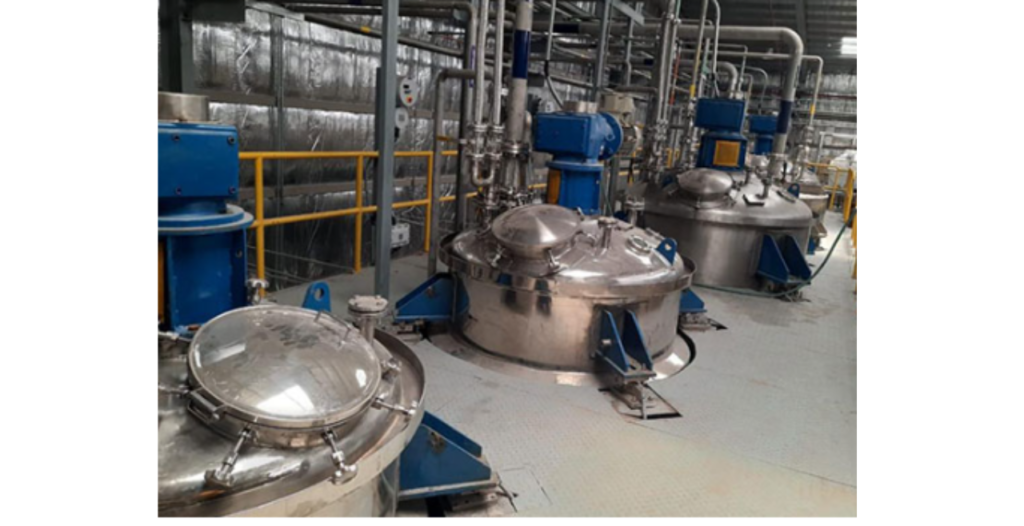
Disadvantages:
Cost: Reactors can be expensive to design, fabricate, and maintain, particularly for specialized processes.
Complexity: Some reactor designs can be complex, requiring careful engineering and operational expertise.

Applications: Reactors find applications in a wide range of industries, including:
Chemical Industry: For synthesis, polymerization, and other chemical reactions.
Petroleum Refining: In processes like catalytic cracking and hydrotreating.
Pharmaceuticals: For drug synthesis and pharmaceutical production.
Food and Beverage: In processes such as fermentation and food processing.
Environmental Engineering: For wastewater treatment and air pollution control.
Energy Production: In nuclear reactors for power generation.
Metallurgy: In metal smelting and refining processes.
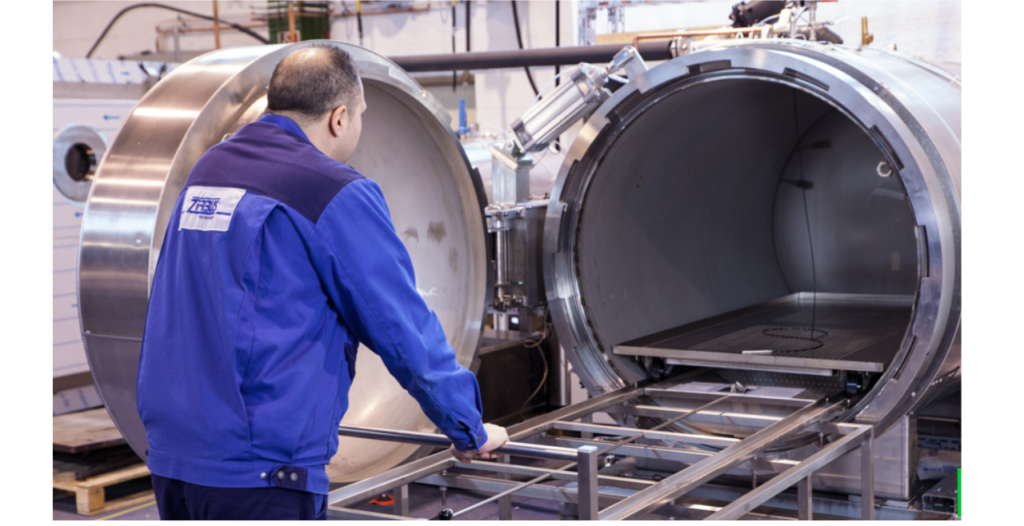
The design, fabrication, and operation of reactors are subject to various industry-specific standards and codes to ensure safety, quality, and compliance with regulatory requirements. These standards and codes are often developed and maintained by national and international organizations. Below are some of the notable standards and codes related to different types of reactors:
ASME Boiler and Pressure Vessel Code (ASME BPVC): This code, published by the American Society of Mechanical Engineers (ASME), covers a wide range of pressure vessel and boiler types, including reactors. It provides guidelines for design, construction, inspection, testing, and maintenance. Specific sections of the code, such as Section VIII for pressure vessels and Section III for nuclear components, are applicable to various types of reactors.
API Standards: The American Petroleum Institute (API) develops standards related to the design, fabrication, and inspection of equipment used in the oil and gas industry. API standards are commonly applied to reactors used in petroleum refining and petrochemical processes.
ISO Standards: The International Organization for Standardization (ISO) has several standards related to various aspects of reactors, including design, materials, and safety. ISO 9001 and ISO 14001 standards can also apply to reactor manufacturers and users, ensuring quality management and environmental responsibility.
Nuclear Standards: Nuclear reactors and their components are subject to specific nuclear safety standards and codes, depending on the country and regulatory body. For example, the U.S. Nuclear Regulatory Commission (NRC) enforces regulations for nuclear reactor safety.
ASTM International Standards: ASTM International publishes standards related to materials, testing, and quality control. These standards are often referenced in reactor construction and material specifications.
European Standards (EN): Reactors used within the European Union may need to comply with European standards, including those established by the European Committee for Standardization (CEN) and the European Committee for Electrotechnical Standardization (CENELEC).
Japanese Industrial Standards (JIS): JIS standards apply to reactors and other equipment used in Japan and are developed by the Japanese Industrial Standards Committee.
PED (Pressure Equipment Directive): Applicable within the European Economic Area (EEA), the PED sets requirements for the design and fabrication of pressure equipment, including certain types of reactors.
National Board Inspection Code (NBIC): In the United States, the NBIC provides guidelines for the inspection and repair of boilers and pressure vessels, including reactors.
Specific Industry Standards: Various industries, such as pharmaceuticals, chemicals, and food processing, may have specific industry standards and guidelines that apply to reactors used in their processes.
The specific standard or code that applies to a reactor depends on factors such as its type, location, and intended use. Compliance with the relevant standards and codes is crucial to ensure the safety and reliability of reactors in industrial processes. Manufacturers, operators, and regulatory authorities work together to ensure that reactors meet the required standards and are operated safely.
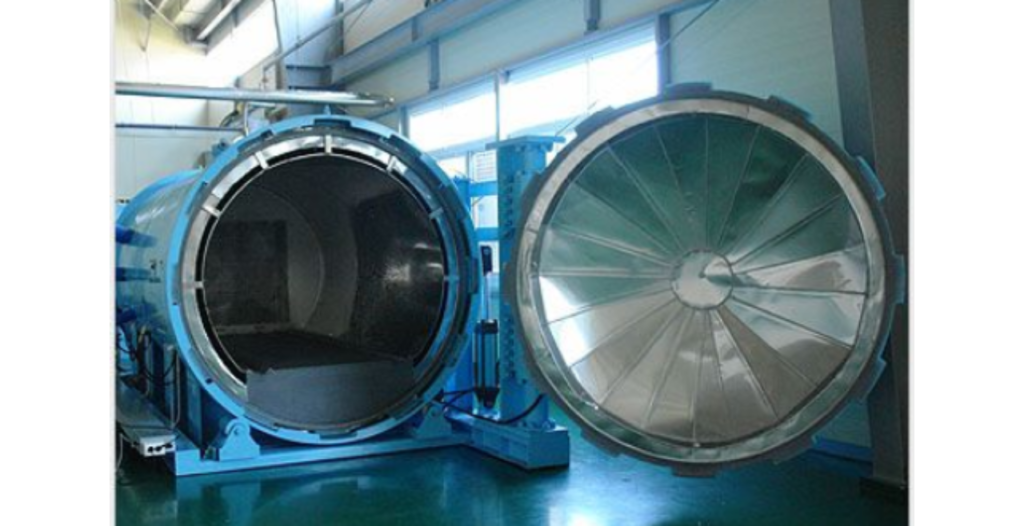
MOC: The choice of materials of construction (MOC) for reactors is a critical aspect of reactor design and fabrication. The MOC directly impacts the reactor’s performance, durability, safety, and compatibility with the chemicals or processes it will be exposed to. The selection of MOC depends on factors such as the type of reactor, the nature of the chemical reaction, temperature, pressure, and the properties of the reactants and products. Here are some common materials of construction for reactors:
Stainless Steel: Stainless steel alloys, such as 304, 316, and 316L, are widely used in reactor construction due to their excellent corrosion resistance, strength, and durability. They are suitable for a broad range of applications, including those involving acids, bases, and high-temperature reactions.
Carbon Steel: Carbon steel is used in reactors for many industrial processes. While it is less corrosion-resistant than stainless steel, it is cost-effective and suitable for applications that do not involve highly corrosive substances.
Summary: Reactors are essential equipment in chemical engineering and industrial processes, providing controlled environments for chemical reactions.
They offer precise control, safety, and versatility for a wide range of applications. While they can be costly and complex, their importance in achieving desired chemical transformations and product outcomes makes them indispensable in modern industrial processes.


 Sales & Marketing:
Sales & Marketing:  Service Supports:
Service Supports:  Website:
Website: 